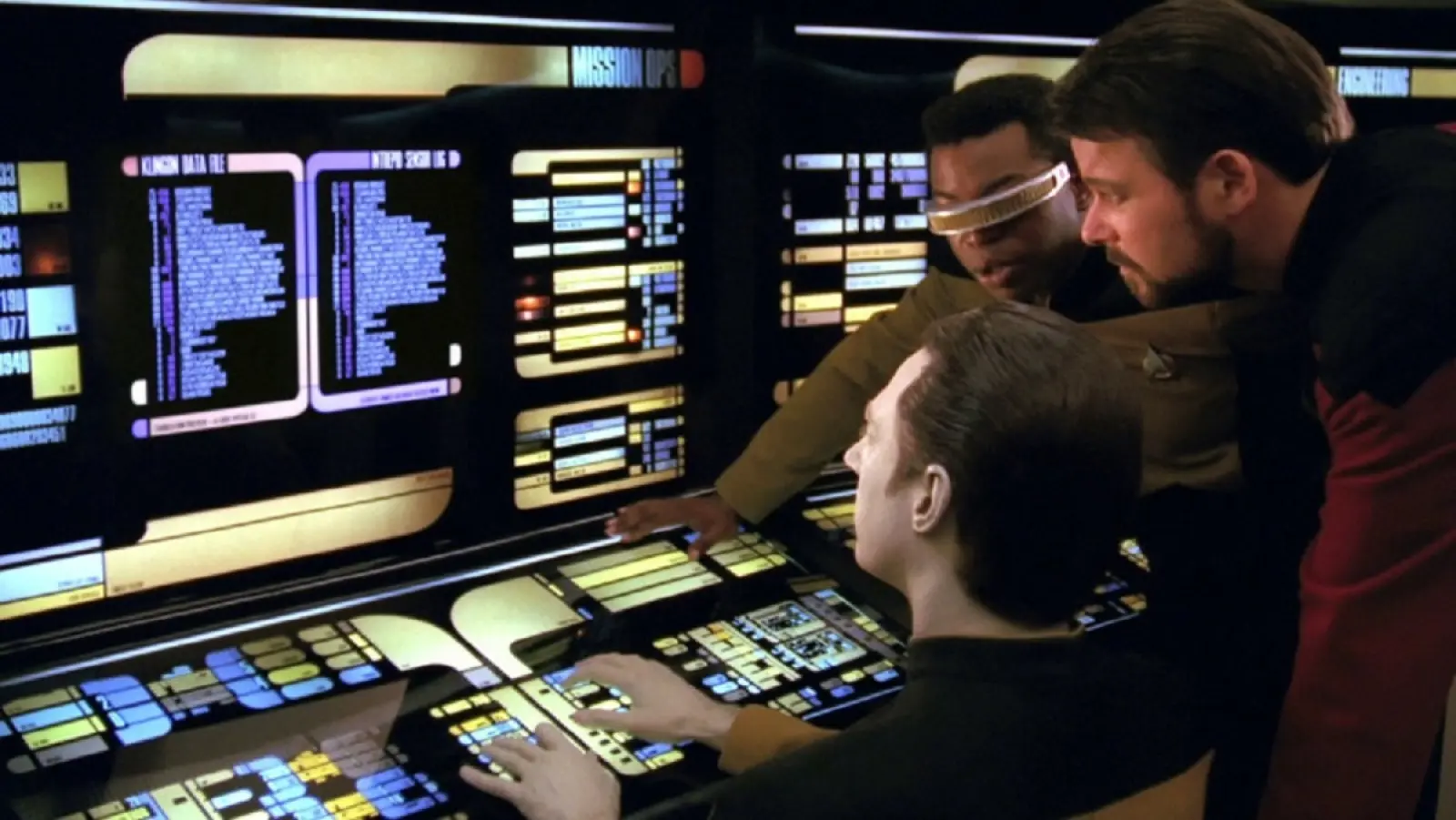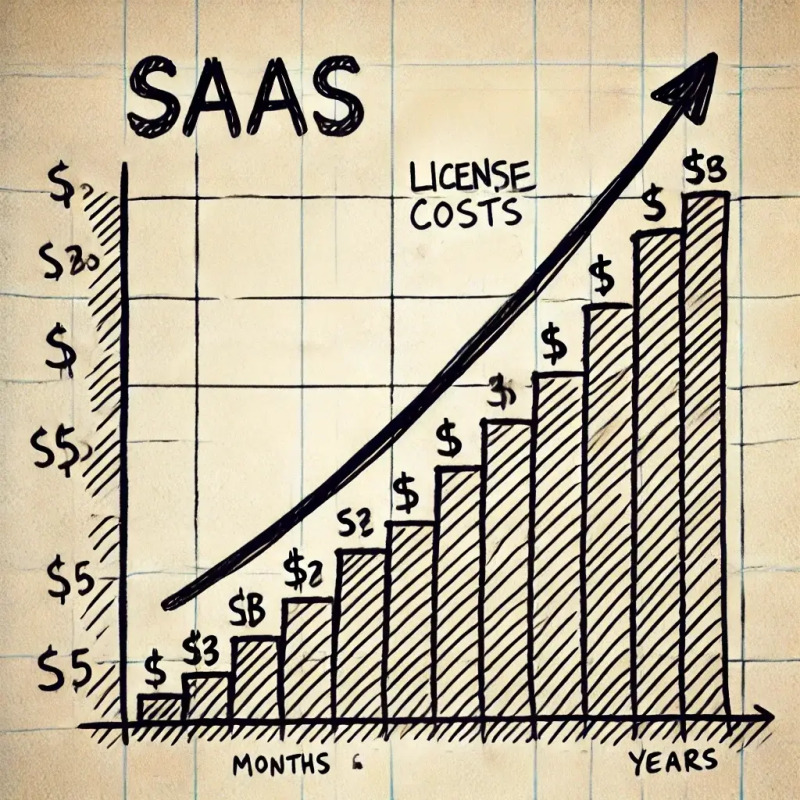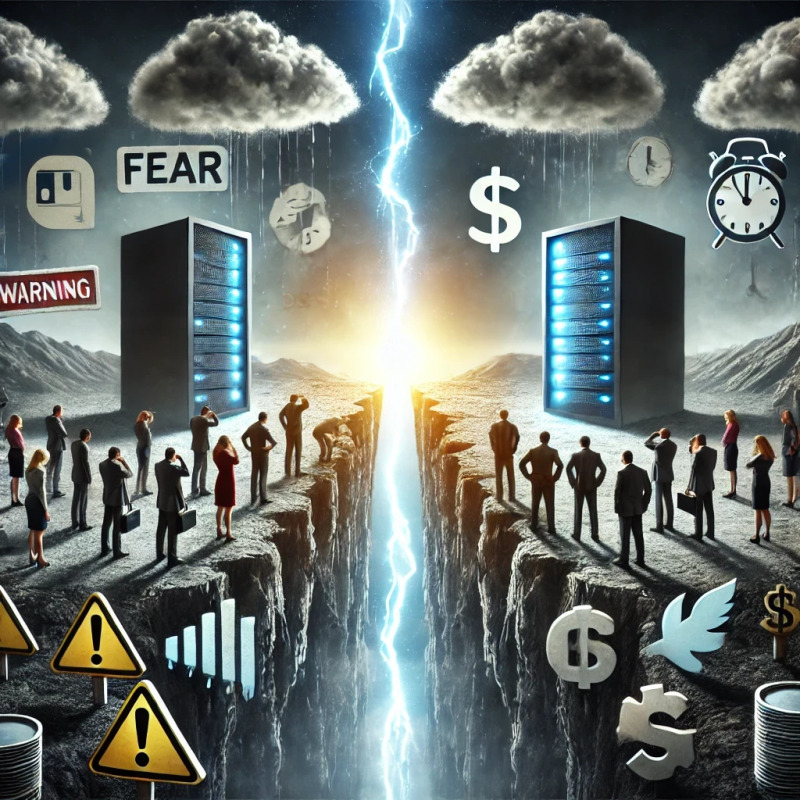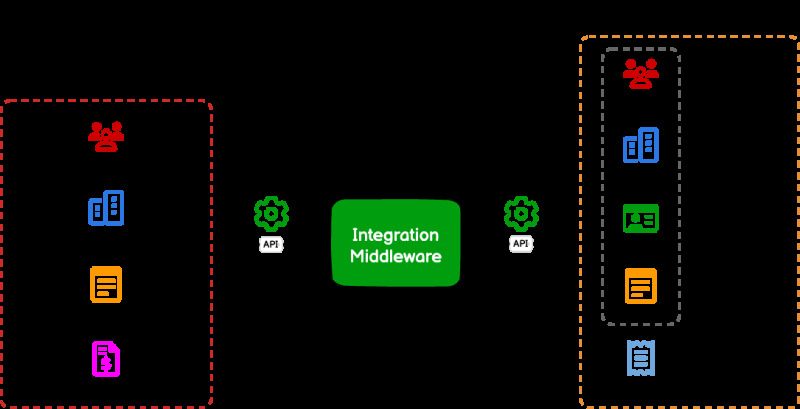Switching to a new system: don’t be afraid !
Switching to a new system with data migration doesn’t need to be feared, it’s an opportunity to improve, streamline, and future-proof your business operations.

Why do you want to switch/migrate to a new system?
As a digital transformation agency, we regularly visit companies facing frustrations with their existing systems. These systems could be anything from an ERP (Enterprise Resource Planning), CRM (Customer Relationship Management) tool, or a website CMS (Content Management System).
Businesses can be dissatisfied with their software for a variety of reasons. They may feel constrained by rising licensing costs, poor performance, or limitations in the system's capabilities.
But here's the thing: switching to a new system with data migration doesn’t need to be feared.
Instead, it’s an opportunity to improve, streamline, and future-proof your business operations.
The reasons companies begin considering moving to a new system are diverse, but there are some common pain points that typically drive the decision.
Let’s explore why!
Escalating licensing costs
As software ages, licensing costs can start mounting. What once seemed like an affordable solution can turn into a financial burden as fees grow and scale with the number of users or features required.
Poor system performance
Slow, inefficient systems can slow down business processes and create frustration among employees or customers. When a system takes too long to process data or becomes increasingly difficult to use, it hampers productivity.
Disconnected applications
Often, businesses end up using multiple separate systems to handle different parts of their operations. For instance, one system for ERP, another for CRM, and a third for Help Desk functions. These systems, while individually useful, don’t always work well together, leading to data silos, synchronization problems, and unnecessary complexity or waste of time.
The “Proof Of Concept” that was never refined
Perhaps a proof of concept (POC) was once developed to meet the company’s needs, but it was never scaled or refined for production use. Now, the system lacks the functionality needed to meet current demands.
Systems that no longer fit your business needs
Sometimes, the software was a great fit when it was first implemented, but over time, business processes evolve, and the system no longer supports the company’s changing needs.
Missing core features
You may be relying on a system that simply doesn’t have the capabilities you need today. Features like artificial intelligence, better reporting, or integrations with newer software solutions might be lacking or unavailable in your current system.
Modern systems offer better functionality
The software market is constantly evolving, with new tools emerging that offer innovative features and integrations. Your current system may not support these new capabilities, leaving you stuck in the past.
The fear of migration: “What about all our data?”
It’s at this point that many companies pause, hesitating before taking the leap. "All our data is in that system... how can we possibly move it all without breaking something?"
This fear of data loss, downtime, and the unknown effort and costs are very real.
But here’s the good news: migration is not something you have to fear.
In fact, it can be a chance to clean up your data, enhance your workflows, and move to a modern, more efficient system.
Migration is an opportunity for innovation
Rather than seeing migration as a daunting task, consider it an opportunity to improve your systems and operations. It’s not just about moving data from one place to another, migration is a chance to:
Clean your data
Migrate only the cleanest and most useful data. You can eliminate duplicates, consolidate information from different sources, and standardize formats.
Merge systems
Instead of using multiple disconnected applications, you can integrate them into one system, enhancing user experience, reducing synchronization issues and reducing license costs.
Standardize data
Use the migration process to ensure that all your data is standardized. For instance, you can normalize street addresses using the Google Maps API or clean up contact data using the OpenAI API (reformatting, cleaning, classification, translation, typo fix of company names, street addresses, email addresses, phone numbers,...)
Enhance business processes
During migration, you can rethink how you do things. Are there workflows that can be improved? Are there automations you could implement in the new system?
How much time and money do you need for migration?
The answer depends on the systems involved and their complexity. To give you an idea of the effort required, let’s walk through an example.
Example: Replacing multiple Oracle systems with Odoo
Let’s say a company is looking to replace their Oracle-based ERP, CRM, and Help Desk tools with a new, unified system like Odoo. This transition involves several important steps:
Data cleaning and preparation
Before you can migrate data from the Oracle ERP, CRM, and Help Desk tools to Odoo, it’s crucial to clean and prepare the data. This means removing duplicates, consolidating information from different systems, and standardizing formats. For example, merging customer contact information into a single field, removing unwanted characters, and ensuring that VAT numbers are formatted correctly.
Mapping data between systems
A key step in migration is ensuring the data from the old system maps correctly to the new system. For example, mapping the “Customer Name” field in Oracle to the “Contact Name” field in Odoo.
Migration execution
After cleaning and mapping the data, it’s time for the actual migration process. This can be done manually, via Excel imports, or more efficiently via API integrations. The goal is to transfer all your data seamlessly into the new system while maintaining its integrity.
Testing and validation
Once the migration is done, you’ll need to test the new system thoroughly. You’ll check that data appears in the right places, that there are no errors, and that the system performs as expected.
Our Approach: Sevendays as dedicated migration specialists
As experienced migration and integration specialists, we offer a tailored approach to every project. Our goal is to bridge the gap between your legacy systems (like Oracle) and your new solution (like Odoo), ensuring a smooth, efficient migration.
Workshop and functional analysis
We begin with a workshop to understand your current systems, business processes, and challenges. This helps us design a migration plan that fits your unique needs.
Data cleaning application with visualisation
We provide a secure, cloud-based data cleaning application that allows you to review, validate, and fine-tune your data. This is a critical step in ensuring your data is ready for migration.
Step-by-step migration
We define the technical implementation for the migration, create data transformation flows, and run the data through a series of cleaning steps:
Mapping: align fields between the old and new systems.
Data cleaning: remove duplicates, correct formatting errors, and validate missing fields.
Deduplication: eliminate redundant records.
Final Migration: once everything is validated, we migrate the cleaned data to the new system.
Integration middleware
For a more seamless process, we set up API connections between the old and new systems to facilitate real-time data transfer, making the migration process even more efficient.
After feedback and adjustments, we run the one-time process again to arrive at a final set that you are satisfied with.
Conclusion: embrace migration as an opportunity
The fear of migration can often feel overwhelming, especially when considering the complexity of data and systems.
However, with the right partner, preparation, expertise, and tools, migration becomes a powerful opportunity for growth.
It’s a chance to optimize your data, improve your workflows, and position your business for future success with a modern, integrated system.
Don’t be afraid to migrate, take control of your systems and use this transition to propel your business forward.
At our digital transformation agency, we’re here to guide you every step of the way.






